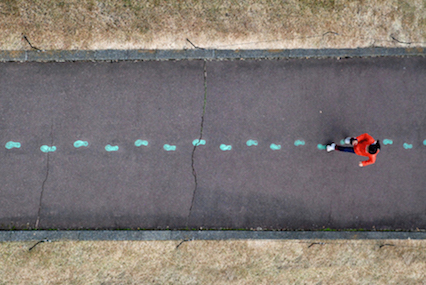Category: Reflections
This is the category to apply to your Weekly Reflection posts from the course.
This is where you share your updates and reflections for Assignment 2. This posts uses the “Reflections” category which pulls it into the Reflections menu.
